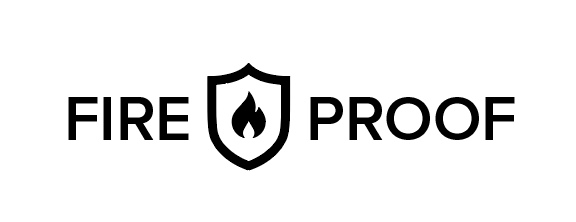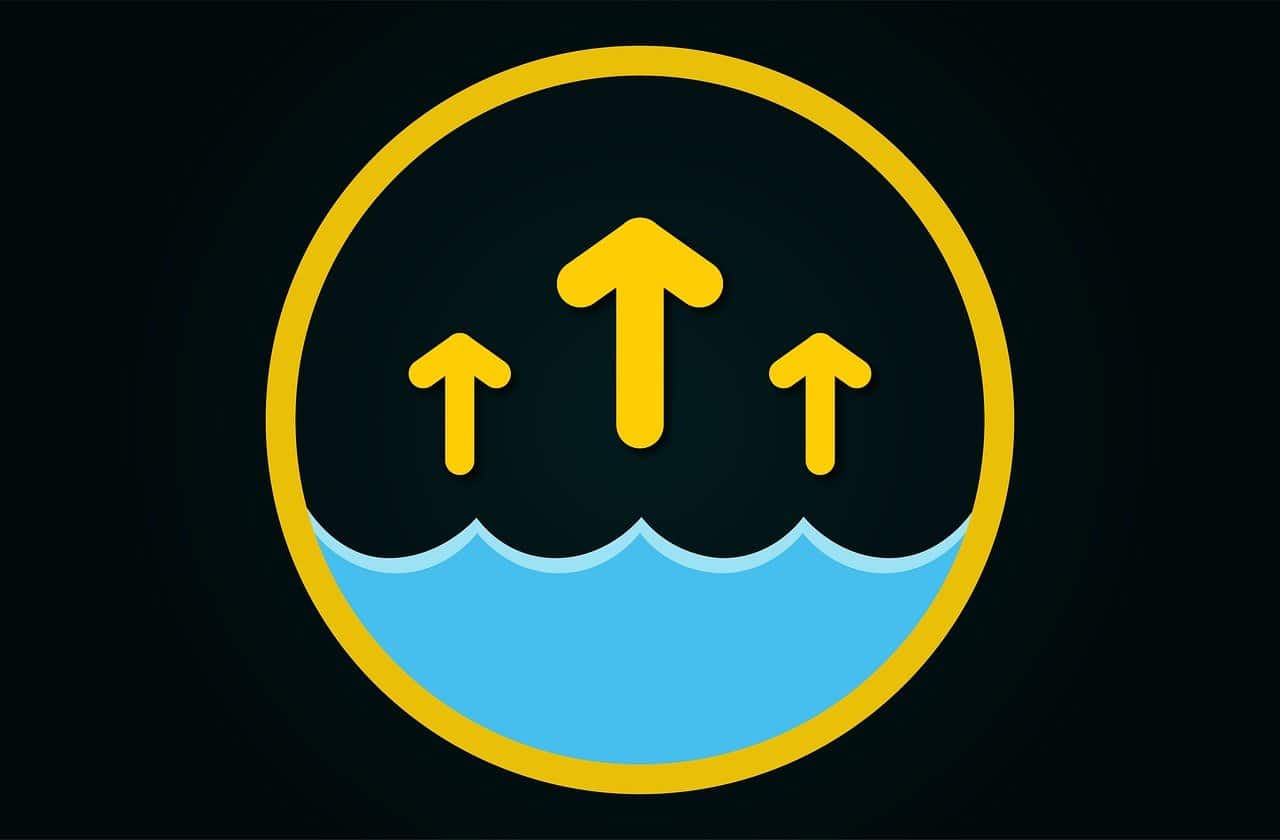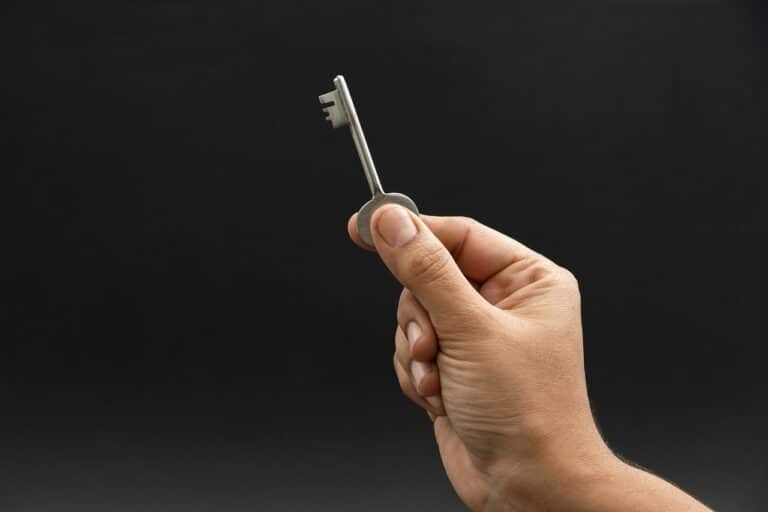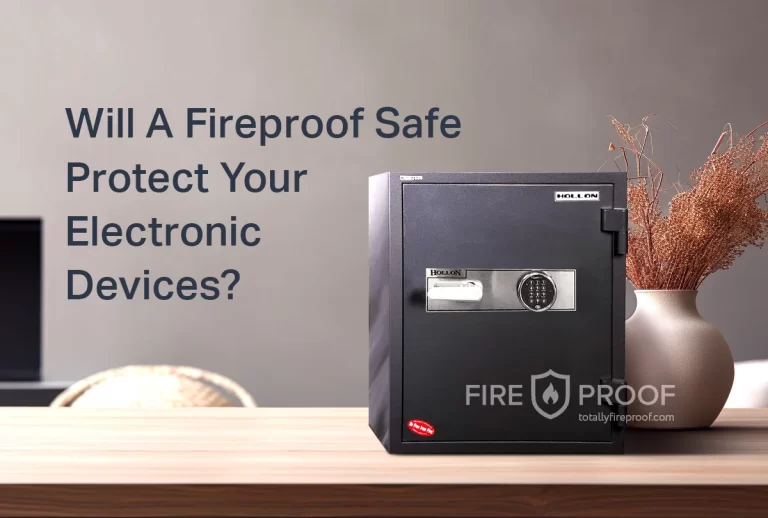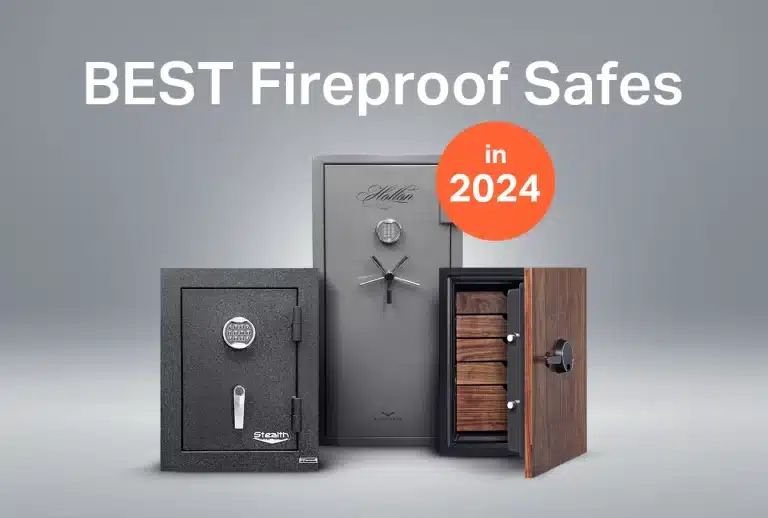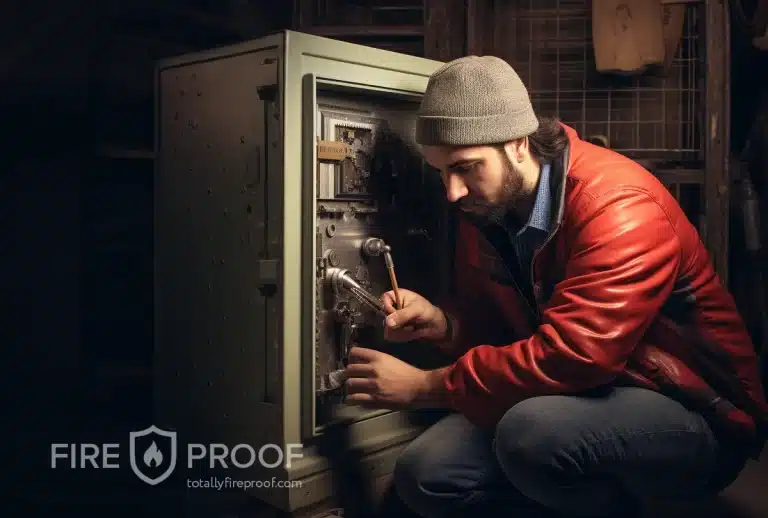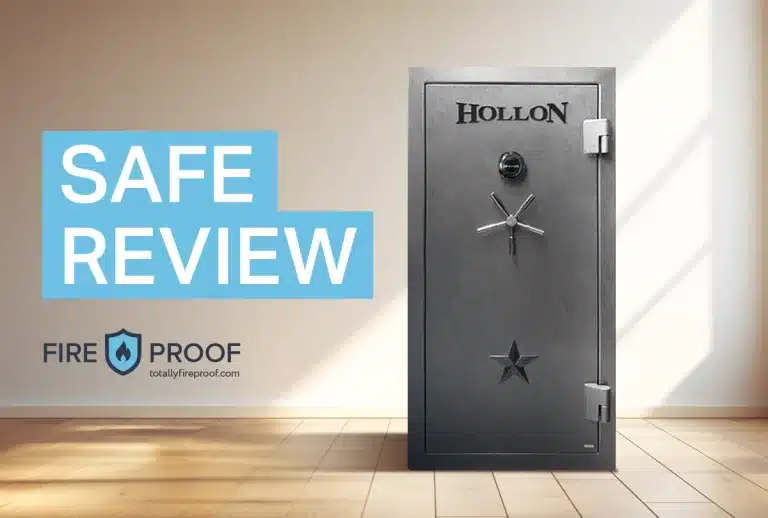Waterproof Ratings and Certifications for Fireproof Safes
If you are looking for a fireproof safe you might want to also consider a water resistant safe as well. After all, water can be a real threat to your documents, electronics and other valuable items you plan to keep in a safe.
If you live in the area where floods are possible, where there’s a danger of heavy rains, or hurricanes, your valuables are more likely to get lost during such emergency. Even something as common as a burst pipe and a sprinkler system can spoil the day.
The good thing is that there are safes that are both fireproof and waterproof. That’s why it is useful to understand what water ratings and certifications mean, when you read a safe description by a manufacturer or retailer. This knowledge can help you choose a fireproof safe that also offers goof water-resistance.
What water-resistant Ratings & Certifications are
Waterproof ratings and certifications indicate how well a safe can resist water penetration when your safe is exposed to water. They are granted to safes by independent organizations that conduct very thorough testing. These tests follow established methods and thus provide objective evaluation of a specific safe model performance.
There are two globally recognized organizations that conduct such water testing for safes:
UL (Underwriters Laboratories)
UL has been testing and certifying various products for safety, security and sustainability for many decades now. UL has developed universally recognized standards for fireproof safes, such as UL 72 for fire resistance, UL 1037 for burglary resistance and UL 140 for re-locking devices. UL also tests safes for water resistance using different methods depending on the type of safe.
ETL (Intertek Testing Services)
ETL is another global leader in testing, inspection and certification services that operates in worldwide. ETL tests safes for water resistance using standardized methods that measure how long a safe can stay submerged in water while preserving the inner chamber undamaged.
How water-resistant ratings and certifications are tested
UL tests safes for water resistance using different methods depending on the type of safe.
- Fire resistant containers. UL tests these safes for water spray resistance by exposing them to a spray of water at 60 psi for 15 minutes from all directions after a fire test. The safe is then checked for any signs of water penetration or damage.
- Data and media safes that are designed to protect digital media from fire, UL tests them for water immersion resistance. The safe is submerged in water at a depth of 10 feet for one hour after a fire test. is then checked for any signs of water penetration
- Residential security containers that are designed to protect valuables from burglary, UL tests them for water endurance by submerging them in water at a depth of 2 feet for 72 hours. The safe passes the test only if there are no signs of water penetration or damage after the test.
ETL tests safes for water resistance using a standardized method that measures how long a safe can stay submerged in water without leaking.
- ETL tests safes for water submersion by placing them in a tank of water and gradually increasing the water level to the specified depth over a period of time. The safe must not leak any water during or after the test.
- ETL tests safes for water spray by exposing them to a spray of water at 60 psi for 15 minutes from all directions. The safe must not leak any water during or after the test.
Why Waterproof Ratings are Important?
Waterproof ratings are a clear indication of how reliable and well a safe is against possible water hazards. If the safe has been certifies by UL or ETL for water resistance that it can help you protect your valuables from water damage. When comparing different safes such rating might be the deciding factor.
However, waterproof ratings do not guarantee that your safe will never get damaged by water. While laboratory tests try to simulate many possible scenarios, the actual conditions that your safe may encounter in real life situation can very.
To improve the effectiveness of any safe you should also consider other factors. Like the location, installation method and the maintenance of your safe.
How to compare waterproof ratings
To compare waterproof ratings, you should look at the following factors:
- The testing organization: You should choose safes that have been tested by reputable and globally recognized organizations such as UL or ETL. You should avoid safes that have not been tested by any independent organization or have self-declared ratings that may not be accurate or consistent.
- The testing method: You should choose safes that have been tested using methods that match the type of water exposure that you are concerned about. For example, if you are worried about flooding, you should choose safes that have been tested for water submersion. If you are worried about sprinklers or hoses, you should choose safes that have been tested for water spray.
- The rating /certification: You should choose safes that have a rating or certification that matches your personal needs. For example, if you want a safe that can withstand water submersion for 1 hour, you should choose a safe that has a Verified Water Resistance rating for this or longer duration.
- The warranty: You should choose safes that come with a warranty that covers water damage in case of a failure or defect. The warranty terms and conditions should cover the exact situations when those are applied and give you a better understanding of the safe reliability in terms of water-resistance.
What Water Resistance to Look for in Safes
The description of the safe’s fire and waterproof capabilities depends greatly on the manufacturer and also the retailer. There are no specific requirements on how to state such characteristics. Therefore you can see the description like – 2 feet for 72 hours, or up to 24 hours water submersion.
A good example of safes with great water resistance are Remington safes
However, it is vital that the certification / water-resistance rating is mentioned and most importantly it is clear what organization actually granted this rating. So as long as you see that the model is UL Verified for Water Resistance or has ETL Verified Water Resistance, you can consider such safe for purchase.
Conclusion
Water-resistant ratings and certifications are important factors to consider when choosing a fireproof safe that is also waterproof. They can help you compare different safes and choose the one that meets your needs and expectations. You should choose safes that have been tested by reputable and globally recognized organizations such as UL or ETL, using methods that match the type of water exposure that you are concerned about, and using criteria that match the level of protection that you need.
You should also choose safes that have a rating or certification that matches your expectations and requirements, and come with a warranty that covers water damage in case of a failure or defect.
By following these guidelines, you can ensure that your valuables are protected not only from fire but also from water damage. If you have any questions or concerns about water-resistant ratings and certifications for fireproof safes, feel free to contact us or consult our experts.
